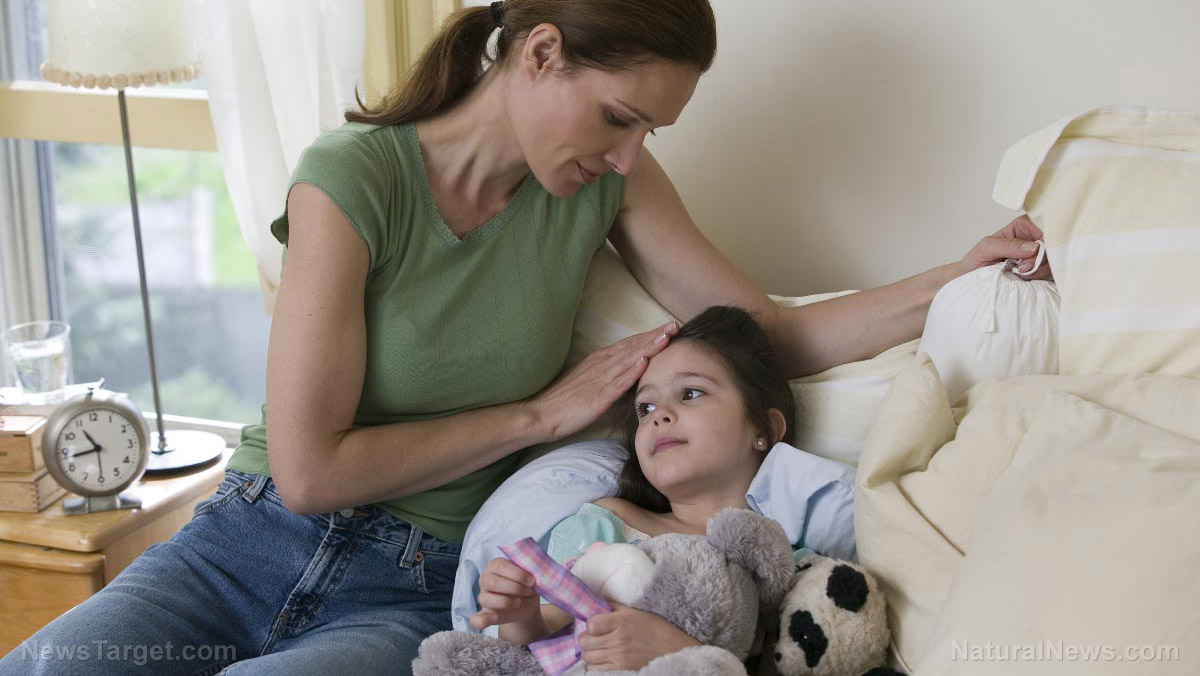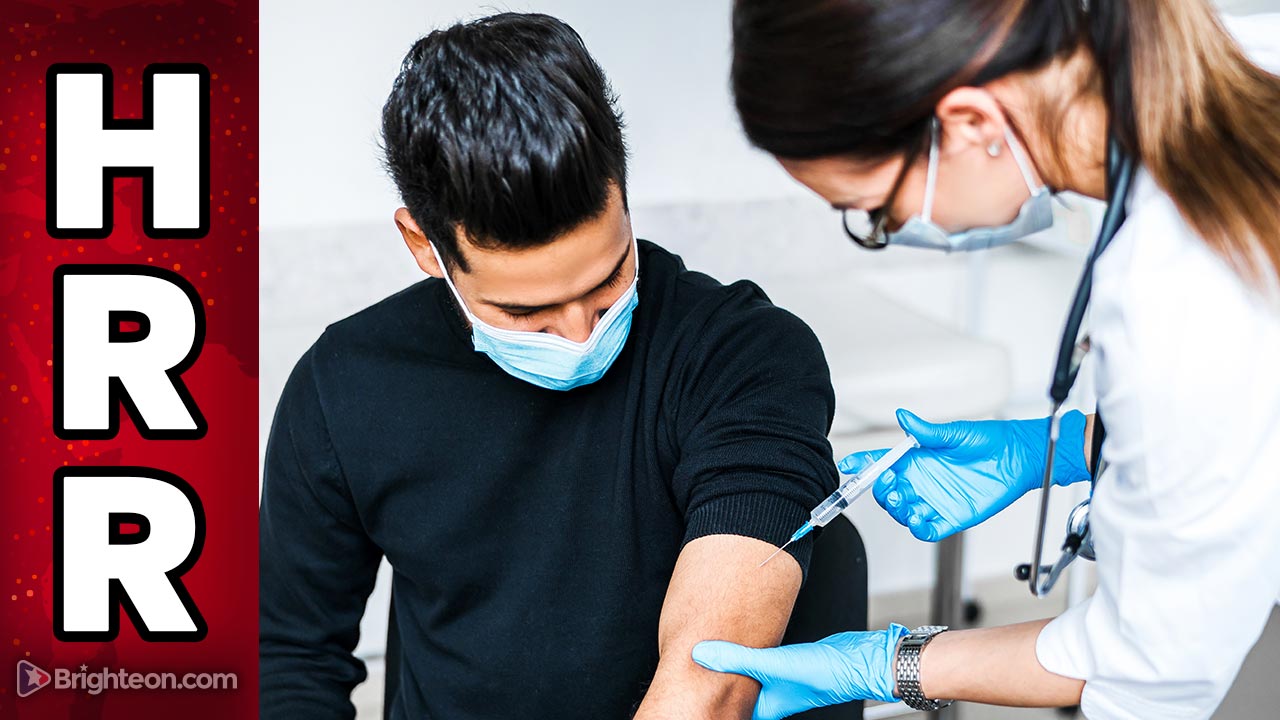
It's never too early for kids to learn what to do during emergencies. Even at a young age, many young children like to "play doctor" with stuffed animals often serving as their patients. Why not take this a step further by teaching children about important medical concepts that could potentially even save someone's life? Here are two key medical concepts that would be useful for every child to know. (h/t to TheSurvivalMom.com)
How to identify an emergency
Emergencies can happen even when there are no capable adults around. In case this happens, small children should be able to identify the five danger signals that can define a medical emergency. A person displaying even just one of these signs could be a cause for alarm, especially if that person has a history of health problems. To identify and analyze these danger signals, children should be able to properly ask and answer a series of questions.
- Question 1: Is there a lot of blood? There is a big difference between a scraped knee and a profusely bleeding puncture wound. Children should be able to know how much blood constitutes a minor injury or a major one that needs immediate medical attention.
- Question 2: Can the person not wake up? If a person suddenly falls unconscious, children should try to get a response by loudly calling out that person's name several times and gently shaking them. If neither of these actions can wake the person, then it might be an emergency.
- Question 3: Is the person unable to walk or stand? In this situation, the person might be conscious but might not be able to get up on their own. The person may also be in severe pain. There will be times when physically trying to help the person up might not be the right thing to do, and children should be able to understand this.
- Question 4: Is the person breathing funny? If a person is having trouble breathing, this could be a sign of an asthma attack or some other health issue. If any family member has a history of asthma, children should be instructed where to find inhalers or life-saving medication and how to help in administering them.
- Question 5: Is the person acting strangely? What is considered "strange behavior" can vary from person to person but what children should look out for are signs of disorientation, trembling, dizziness, seizures, and the like. Can the person talk properly or is their speech slurred? These are telltale signs that something might be wrong.
If a child can identify any of these signals, then they should call for help immediately. They should either inform a responsible adult, or if one is not around, they should learn how to call 911 on their own.
How to administer basic first aid
Even if a child successfully calls 911 and is able to properly communicate the situation, they might still have to wait for emergency services to arrive. In that precious amount of time, the injured person might still require immediate first aid to keep them stable. Children as young as four years old can already learn basic first aid skills such as applying pressure to a bleeding wound, draping a blanket over a person in shock, and gently rolling an injured person into the recovery position. As they age, they can learn more advanced first aid techniques, such as the Heimlich maneuver and CPR. (Related: First aid basics to teach your kids.)
Children should also learn how to identify and deal with family-specific medical issues, such as diabetes or severe allergic reactions. They should be able to recognize the symptoms of these health issues as soon as they appear, and be prepared to help in administering the proper treatment as necessary.
Sources include:
Please contact us for more information.





















